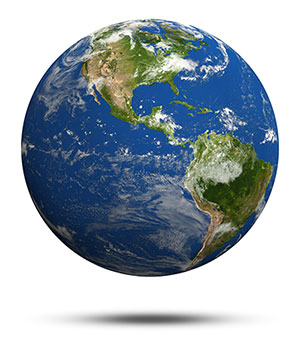 It wasn’t until I was a cottage owner on Prince Edward Island that I became acutely aware of the global effects of climate change. When my husband and I purchased a ramshackle cottage on PEI’s south shore in 1997, we had approximately 40 feet of property between the end of the deck to the red bank cliff above the shoreline. We were warned that because of erosion, we could expect to lose more than a foot of land each year.
It wasn’t until I was a cottage owner on Prince Edward Island that I became acutely aware of the global effects of climate change. When my husband and I purchased a ramshackle cottage on PEI’s south shore in 1997, we had approximately 40 feet of property between the end of the deck to the red bank cliff above the shoreline. We were warned that because of erosion, we could expect to lose more than a foot of land each year.
Indeed, this is what happened. When we sold the property in 2012, the distance between the deck and the bank was closer to twenty feet. As a result of climate change, extreme coastal erosion continues on beautiful Prince Edward Island, at a loss rate of 43 centimeters (approximately 17 inches) per year. Almost unbelievable, isn’t it?
On Saturday, April 22nd, the United States celebrates Earth Day.
How did it get started? This is from earthday.org: “The idea for a national day to focus on the environment came to Earth Day founder Gaylord Nelson, then a U.S. Senator from Wisconsin, after witnessing the ravages of the 1969 massive oil spill in Santa Barbara, California. Inspired by the student anti-war movement, he realized that if he could infuse that energy with an emerging public consciousness about air and water pollution, it would force environmental protection onto the national political agenda.” (Read the full history of Earth Day.)
This year, our environment is challenged once again with raising awareness of the critical importance of preserving our planet. There will be a March for Science on the National Mall in Washington, D.C., with supportive efforts around the country. Will you be taking part?
